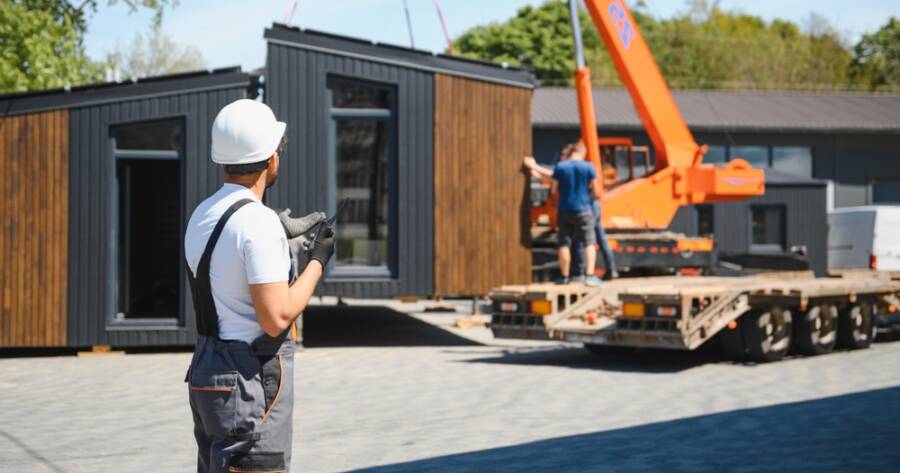Prefabricated homes present a modern solution to the ongoing housing supply challenges, offering versatility and cost efficiency. With the rise of modular homes, smart technologies, and eco-friendly materials, modern prefabricated structures redefine quality and innovation. Their potential to address affordability and sustainability needs positions them as a critical part of future urban and rural landscapes.
Prefabricated Homes: A Modern Solution to Housing Supply Challenges
Prefabricated homes have been gaining popularity as a versatile and cost-effective solution to the ongoing housing supply and affordability crises in many parts of the world. These homes, which include modular, panelized, and pre-cut models, present a unique opportunity to increase housing supply efficiently. They are adaptable to various settings, including suburban and urban in-fill areas and even remote and off-grid locations, driven by cost and labor considerations.
Modular Homes: A Superior Choice?
One of the standout types of prefabricated homes is the modular home, known for its engineered capacity to withstand significant stresses during transportation and assembly. This attribute leads many experts to regard modular homes as potentially superior in quality compared to traditional site-built homes. Modular construction also enhances sustainability through features like a tight building envelope, which boosts energy efficiency by minimizing air infiltration.
Trends and Advantages in Prefab Homes
The modular home industry is rapidly evolving, with several notable trends poised to define the market in the near future. A key trend involves the integration of smart home technologies, such as voice-activated controls and energy-efficient appliances, enhancing both convenience and security for homeowners. Builders have been focusing on incorporating eco-friendly materials, like recycled and reclaimed components, alongside solar panels and energy-efficient insulation, which serve to minimize environmental impact.
Benefits of Prefabricated Construction
Prefabricated homes offer streamlined manufacturing processes that significantly reduce labor and construction times. These homes can be built efficiently in factories and assembled onsite quickly, often in as little as 90 days from start to finish, potentially presenting significant cost savings. By using advanced prefabrication techniques, the home-building timeline is further reduced, enabling faster move-ins for buyers.
Customization and Sustainability
One of the key benefits of prefabricated homes is the ability to personalize designs to suit specific preferences and lifestyle needs. Buyers can select from a variety of design options, whether opting for modern or traditional styles, and customize floor plans and finishes to create a tailored living space. Additionally, prefab homes often include features aimed at reducing energy consumption and environmental impact, such as high-quality insulation, energy-saving windows and doors, as well as the integration of renewable energy systems like solar panels.
Addressing Housing Shortages
As urban populations continue to grow, the demand for affordable housing solutions remains high. Prefabricated homes offer a cost-effective and standardized construction process to address this demand. Even though there are challenges related to transportation and size limitations, the market for modular homes is set for substantial growth. It is predicted to reach a market value of 139.03 billion dollars by 2029, reflecting its increasing role in urbanization and housing affordability efforts.
Why You Should Learn More About Prefabricated Homes Today
Exploring the advantages of prefabricated homes offers a fresh perspective on sustainable and efficient living. These homes not only provide a remarkable solution to the housing supply crisis but also present opportunities for personalized, energy-efficient living spaces.
With innovations like smart home integrations and eco-friendly building materials becoming standard, prefabricated homes demonstrate the future of housing. Understanding these trends and benefits can guide homebuyers and urban planners in making informed decisions that align with modern housing demands and environmental considerations.
Sources
Understanding Prefabricated Homes
Modular Homes and Urbanization
Future Trends in Modular Homes

